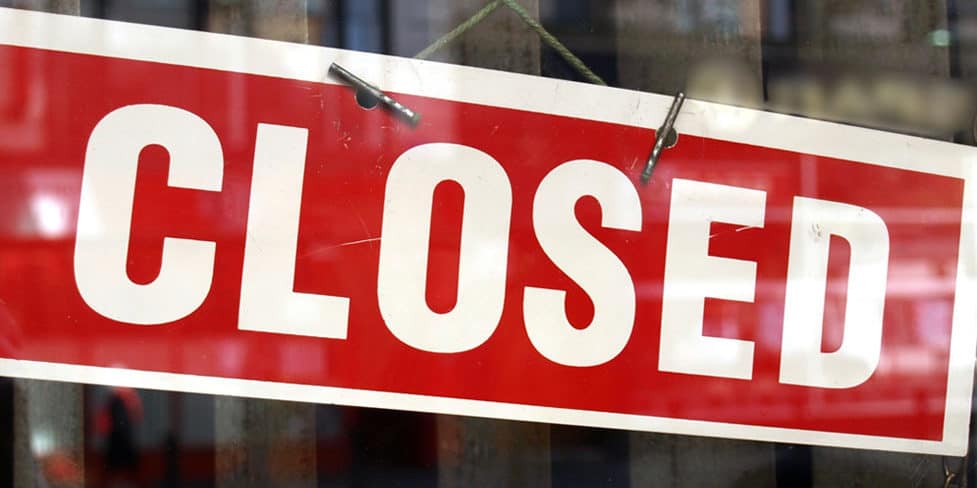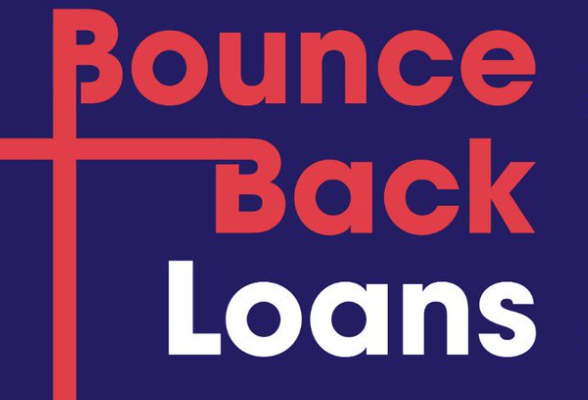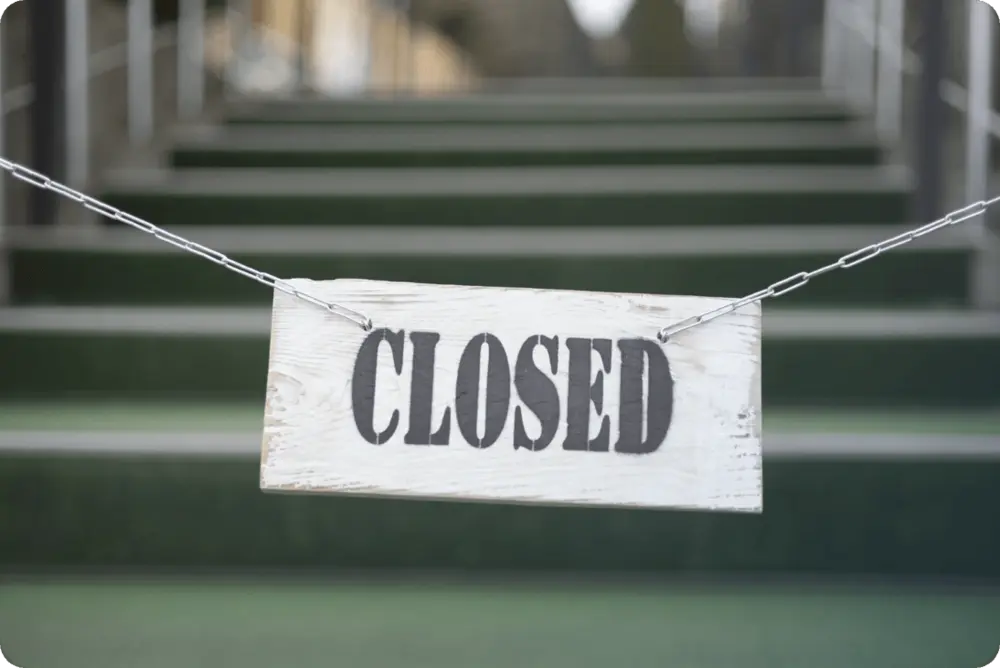
What is a First Gazette Notice for Compulsory Strike Off?
- What is a First Gazette Notice?
- What is Compulsory Strike Off?
- What Is the Purpose of a First Gazette Notice for Compulsory Strike‐Off?
- Why Might You Receive a First Gazette Notice for Compulsory Strike Off?
- How Long Have You Got To Respond to the Compulsory Strike Off Notice?
- What Steps Can You Take to Resolve a Compulsory Strike-Off Notice?
- What are the Consequences of Ignoring a First Gazette Notice?
- Can I Just Accept the Strike Off?
- Need Further Help with a First Gazette Notice for Compulsory Strike Off?
- FAQs on First Gazette Notice for Compulsory Strike-Off
What is a First Gazette Notice?
A First Gazette Notice is a formal notice from Companies House that is publically advertised in one of the three official UK Gazettes (journals of public record) —London, Edinburgh, or Belfast. It serves as an official announcement regarding a company’s status or impending action.
What is Compulsory Strike Off?
Compulsory Strike Off, also known as compulsory dissolution, is a process initiated by Companies House to remove a company or LLP from the official company register. A First Gazette Notice for compulsory strike-off is a formal notice from Companies House advising that your company or LLP[1]Trusted Source – GOV.UK – The Limited Liability Partnerships (Application of Companies Act 2006) Regulations 2009 will be struck off the official company register[2]Trusted Source – GOV.UK – Strike off, dissolution and restoration.
This notice informs the public and relevant parties that the company or LLP is at risk of being removed from the register if certain conditions are not met or issues are not resolved.
What Is the Purpose of a First Gazette Notice for Compulsory Strike‐Off?
The main reason is to inform all relevant parties that the company has failed to meet its statutory obligations. Most commonly, this occurs when a company hasn’t filed its annual accounts or confirmation statement as required by law.
It’s Companies House’s formal method of announcing that a company is non-compliant and faces potential removal from the register.
This notice serves several key functions:
- It informs company directors that their business is at risk of being struck off
- It alerts creditors, shareholders, and other interested parties about the company’s status
- It provides an opportunity for the company to rectify its non-compliance
- It maintains transparency in the business registry by publicising potential removals

Why Might You Receive a First Gazette Notice for Compulsory Strike Off?
HMRC typically issues a First Gazette Notice for one of the following reasons:
- Failure to file annual accounts
- Failure to submit annual confirmation statement
- Failure to update company address
- Non-payment of taxes
- Non-payment of late submission penalties
- Failure to appoint directors
- Non-compliance with legal requirements
- The company is no longer trading and is inactive
These grounds are outlined in Section 1000 of the Companies Act 2006.
How Long Have You Got To Respond to the Compulsory Strike Off Notice?
After the First Gazette Notice is published, you have three months to respond or rectify the issues that led to the notice. If no response is received or the issues are not resolved within this period, a final notice is issued, and the company is struck off the register shortly thereafter.
However, be aware that legal challenges or objections from creditors can extend this timeline.
What Steps Can You Take to Resolve a Compulsory Strike-Off Notice?
If you’re a director who has received a first Gazette notice, you need to act quickly. Here’s what you should do:
- Identify the reason: Check the notice to understand why Companies House has initiated the strike-off process. It’s often due to missed filings or suspicion that your company is no longer trading.
- File missing documents: This typically includes overdue annual accounts and confirmation statements. Use the Companies House online service for the fastest processing.
- Prove active trading: If your company is still in business, provide evidence. This could include recent bank statements, invoices, or details of ongoing contracts. The goal is to show Companies House that your company is still operational.
- Ensure all information at Companies House is current: Verify your registered office address and director details are correct. Any discrepancies could lead to further complications.
What are the Consequences of Ignoring a First Gazette Notice?
Ignoring a First Gazette Notice can have serious repercussions for your company. As a business owner or director, you need to be aware of the following potential outcomes:
Company Ceases to Exist
If you fail to respond, your company will be struck off the register and cease to exist as a legal entity. This is not a mere administrative issue; it fundamentally alters your business’s legal status.
Loss of Company Property
Upon dissolution, your company’s assets become ‘bona vacantia’ (ownerless property) and may pass to the Crown. This includes bank accounts, property, and intellectual property rights. Reclaiming these assets can be a complex and costly process.
Bank Accounts Locked
Your company’s bank accounts are likely to be frozen, preventing any further transactions. This can effectively halt your business operations and restrict access to funds.
Contracts Become Invalid
Contracts Become Invalid: Existing contracts may become void or unenforceable. This could impact relationships with clients, suppliers, and employees, potentially leading to disputes.
Debt Recovery by Creditors
While creditors initially lose the ability to pursue your company for outstanding debts, they retain the right to apply to have the company reinstated within a 20-year period to recover what is owed.
Can I Just Accept the Strike Off?
If your company has no outstanding debts, liabilities, or assets, and you no longer wish to continue trading, accepting the strike off may seem like an easy solution. By not taking action after receiving the First Gazette Notice, you are effectively consenting to the company’s dissolution.
However, it’s crucial to ensure that all loose ends are tied up before allowing the strike off to proceed. This includes settling any outstanding tax obligations, closing bank accounts, and ensuring that no legal proceedings are pending against the company.
It’s important to note that attempting to use this process to escape debts is not valid. HMRC has officers who monitor strike-off notices and will issue an objection if the company owes tax arrears or other debts.
If you have any doubts or concerns about the potential consequences of accepting the strike off, it’s best to seek professional advice from an insolvency practitioner such as ourselves. We can help you assess your specific situation and determine the best course of action.
What if We Have Debts?
If your company has outstanding debts, accepting a compulsory strike-off isn’t advisable. Here’s why:
Creditors, including HMRC, will likely object if they’re aware of unpaid debts. Even if struck off, your company can be reinstated up to 20 years later to pursue debts.
The right choice to close a company with debts is voluntary liquidation. This formal process ensures fair treatment of creditors and offers better protection for directors.
Need Further Help with a First Gazette Notice for Compulsory Strike Off?
If your company has received a First Gazette Notice for compulsory strike off, or if you’re worried about the financial health of your business, it’s essential to seek expert advice without delay. Acting quickly can greatly enhance your chances of achieving a favourable outcome.
At Company Debt, our team of experienced insolvency practitioners is dedicated to providing clear, practical advice tailored to your unique situation. We’ve successfully assisted thousands of directors in finding the best path forward, whether that involves addressing strike-off notices, safeguarding assets, or exploring other options like voluntary liquidation.
Don’t navigate this challenging situation alone. Get the support you need by chatting with us live during working hours or by calling us on 0800 074 6757 today for a free, no-obligation consultation.
FAQs on First Gazette Notice for Compulsory Strike-Off
Can I continue trading after receiving a First Gazette Notice?
Yes, you can continue trading while addressing the issues raised in the notice. However, it’s crucial to rectify the problems promptly to avoid dissolution.
Will a First Gazette Notice affect my company’s credit rating?
A First Gazette Notice can affect your company’s credit rating. Even if quickly cancelled, credit agencies may pick up on this information. Financial institutions and credit providers often view it as a risk factor, which can lead to immediate consequences such as reduced credit limits on existing facilities.
What happens if I miss the three-month response window?
If you miss the deadline, your company will likely be struck off. However, you may still be able to apply for administrative restoration within six years.
Can a First Gazette Notice be cancelled once issued?
Yes, if you address the issues and Companies House is satisfied with your response, they can cancel the strike-off process.
The primary sources for this article are listed below, including the relevant laws and Acts which provide their legal basis.
You can learn more about our standards for producing accurate, unbiased content in our editorial policy here.
- Trusted Source – GOV.UK – The Limited Liability Partnerships (Application of Companies Act 2006) Regulations 2009
- Trusted Source – GOV.UK – Strike off, dissolution and restoration








